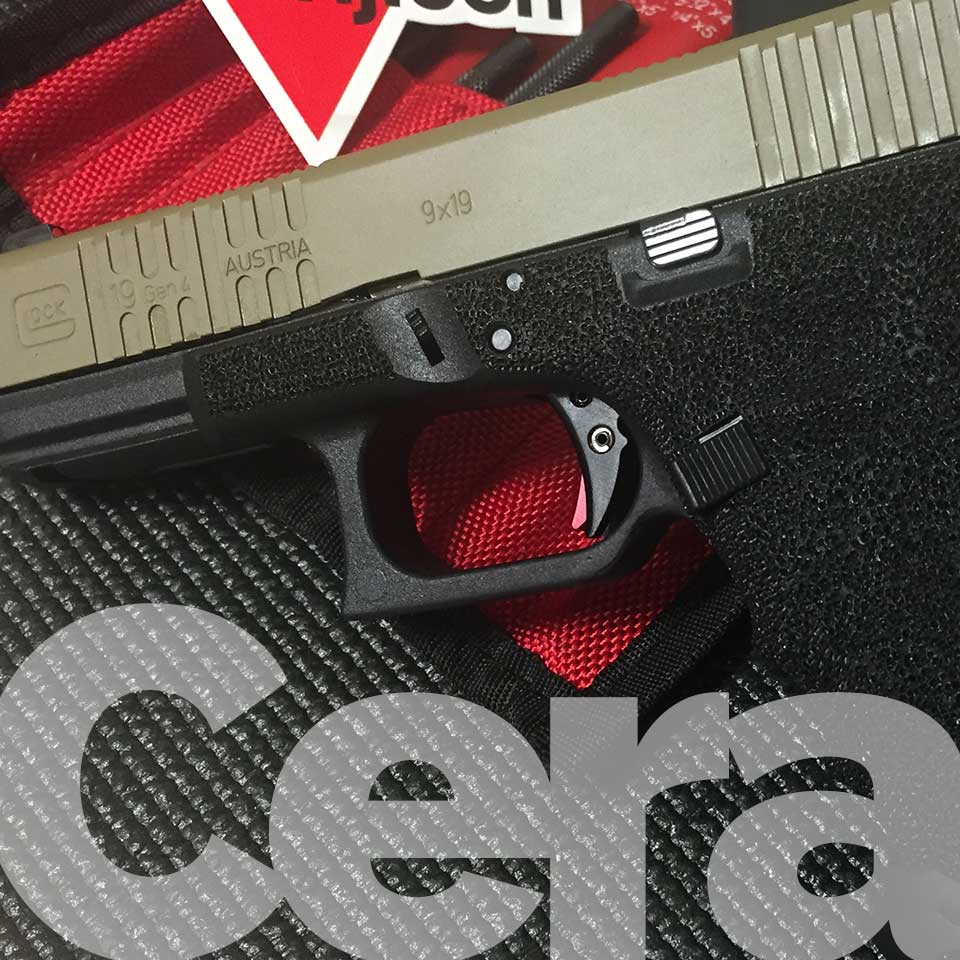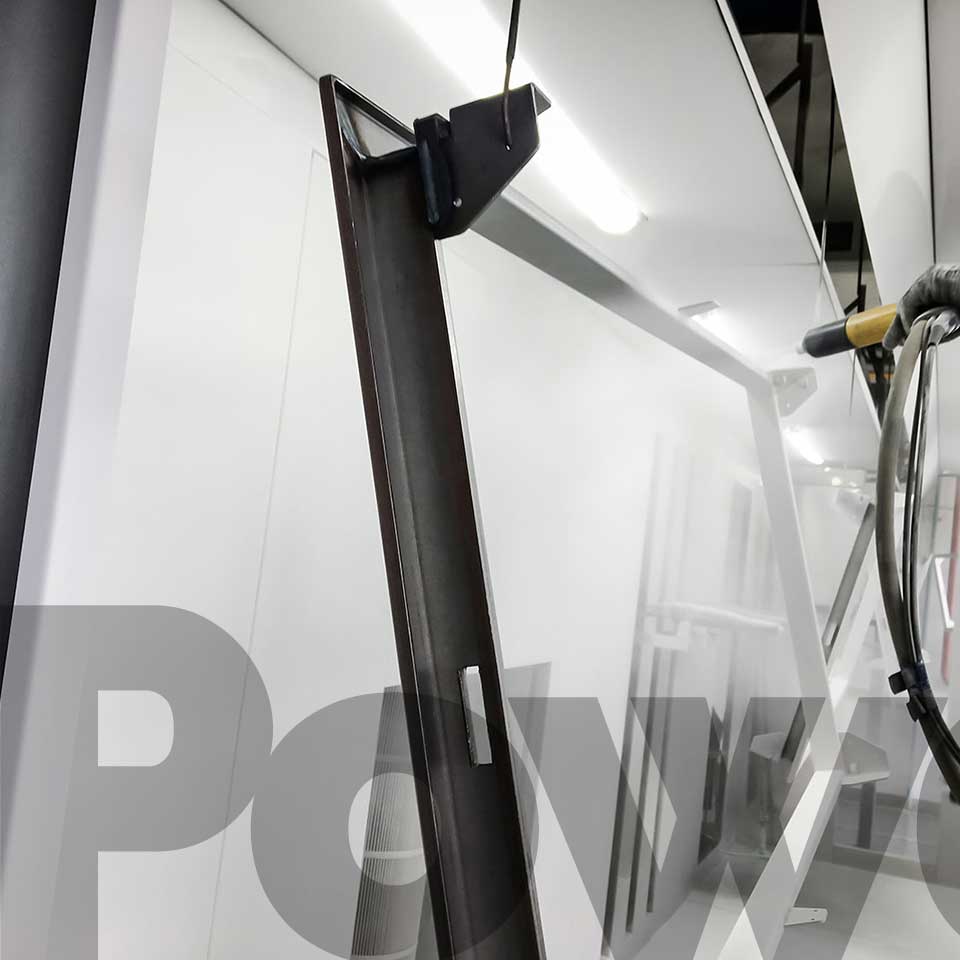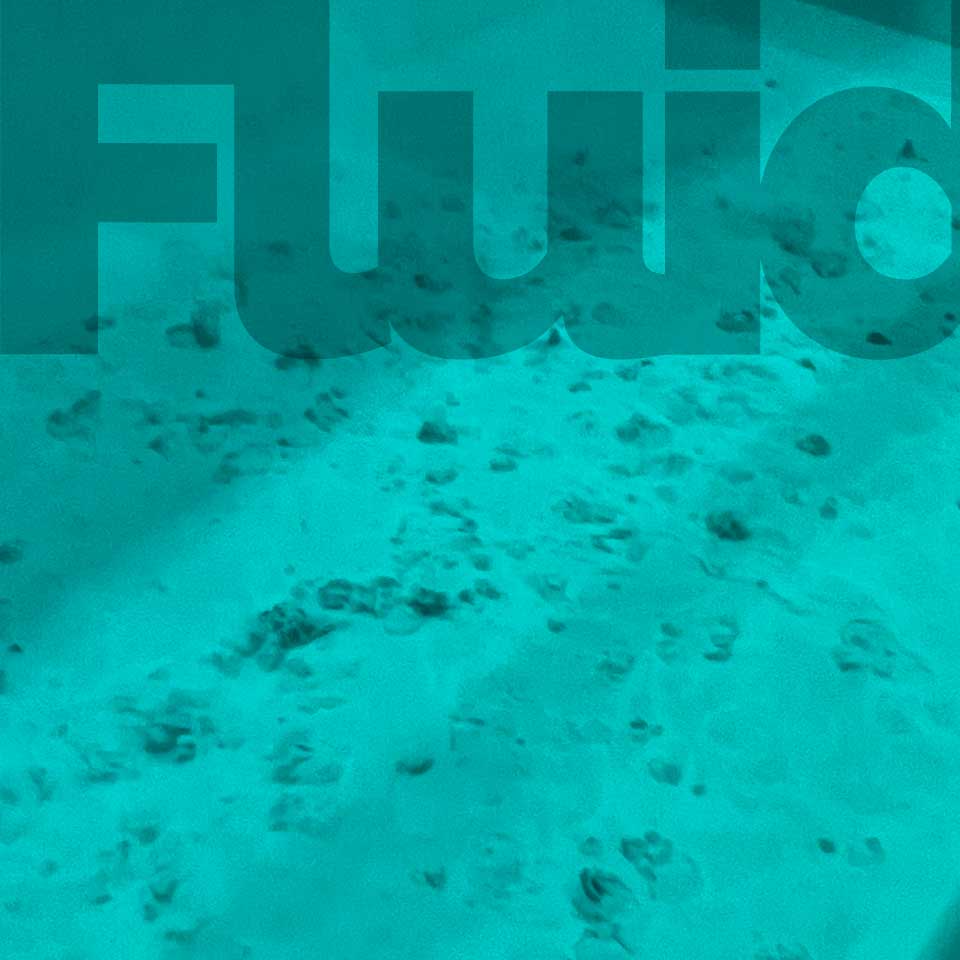Industrial PTFE (polytetrafluoroethylene) Coatings
Polytetrafluoroethylene (PTFE) is a synthetic fluoropolymer of tetrafluoroethylene that has a wide range of useful applications. The best-known brand of PTFE-based formulas is Teflon™ coatings by Chemours. Other popular brands of PTFE are Syncolon by Synco Chemical Corporation or Xylan by Whitford. If you are trying to decide between PTFE, Teflon™ coatings or Syncolon, they are all the same.
PTFE is a fluorocarbon solid consisting entirely of carbon and fluorine. PTFE is hydrophobic which means neither water not water-containing substances can wet PTFE. As a fluorocarbon, PTFE demonstrates mitigated London dispersion forces due to the high electronegativity of fluorine. PTFE has one of the lowest coefficients of friction of any solid.
PTFE Characteristics
- Very high melting point: With very high melting point of around 621ºF (327ºC), very few applications will be hot enough to damage PTFE with heat.
- Hydrophobic: Exceptional resistance to water means PTFE never gets wet, which makes it an ideal coating for cooking, wound dressing and more.
- Chemically inert: Most solvents and chemicals will not damage PTFE.
- Low friction coefficient: The coefficient of friction of PTFE is one of the third-lowest of any solid material, which means nothing will stick to its surface.
- Highly flexible: PTFE can bend and flex, even at low temperatures, so it can be easily applied to various surfaces without losing integrity.
The unique properties of PTFE make it an ideal coating for numerous applications. PTFE is used as a non-stick coating for pans and other cookware. It can provide stain resistance to carpets and fabrics. It is used in nail polish, wiper blades and hair styling tools. PTFE is used to coat the inside of pipes carrying corrosive chemical or very hot substances. Thanks to its inert nature, PTFE is also used in the manufacture human prosthetics because it is unlikely to be rejected by the body.
PTFE is non-reactive, partly because of the strength of carbon-fluorine bonds. For this reason, it is often used in containers and pipework for reacting and corrosive chemicals. Where used as a lubricant, PTFE reduces friction, wear, and energy consumption of machinery. It is commonly used as a graft material in surgical interventions. It is also frequently employed as coating on catheters; this interferes with the ability of bacteria and other infectious agents to adhere to catheters and cause hospital-acquired infections.
PTFE’s coefficient of friction is 0.05 to 0.10, which is the third-lowest of any known solid material. (BAM is the lowest coefficient of friction at 0.02 and diamond-like carbon is the second-lowest at 0.06.) PTFE is so resistant to van der Waals forces insects cannot climb its surface. Unlike an elastomer, PTFE cannot be cross-linked to another polymer. As a result, it has no memory and tends to creep. Because of its superior chemical and thermal properties, PTFE is widely used as a for gaskets for applications that need to resist aggressive chemicals, such as the pharmaceutical and chemical processing industry. Because PTFE tends to creep, Belleville washers are often used to apply continuous for to the PTFE gaskets to minimize performance loss over time.






